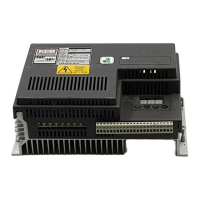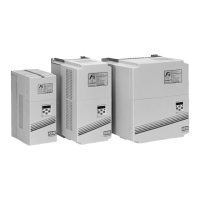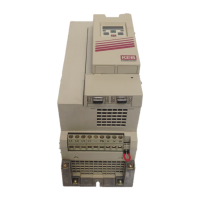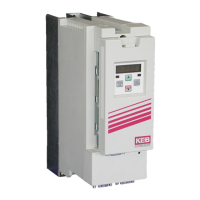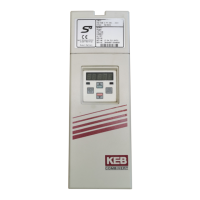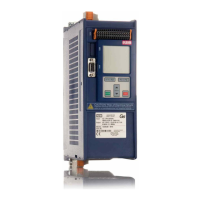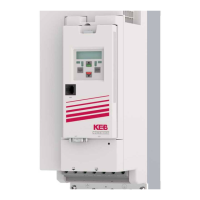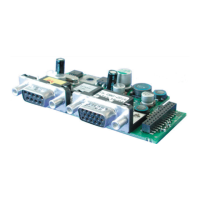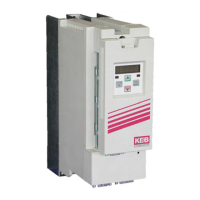196
LC - Control Setting Parameters
This parameter is only utilized when the US04 control type is set to CiA417(7)
See CAN Open Lift supplemental manual 00F5LUZ-KCAN for adjustment.
This parameter is only utilized when the US04 control type is set to CiA417(7)
See CAN Open Lift supplemental manual 00F5LUZ-KCAN for adjustment.
The acceleration torque is used to calculate the system inertia. By entering a
torque value in this parameter, the corresponding inertia is calculated from the
mechanical data in LN01…LN03. The acceleration rate is an internal value of
1.5ft/s^2 and is not adjustable. The resulting inertia value is loaded into LC41
System Inertia and the feed forward torque control is turned on.
The torque value can be learned by using the LL10 Inertia Learn. The value
is the acceleration torque minus the torque while running at contract speed.
The LL10 Inertia Learn procedure will automatically determine this value. A
balanced car is required for this procedure. Refer to Section 5.12.1 for the
Inertia Learn process.
The total system inertia, motor and load. Refer to section 5.12.1 on the Inertia
Learn process.
When the system inertia has been entered, settings for the FFTC feed forward
torque command (LC42-43) will be calibrated according to the control mode.
If activating the System Inertia and FFTC introduces vibration during
the acceleration or deceleration, it may be necessary to decrease the
LC42 Feed Forward Torque Command Filter by one step (eg. 31 to 16 Hz),
For externally generated speed proles (serial, analog), this may help
lter the steps in the pattern. Increasing the lter further may introduce
unwanted delayed response.
It may be necessary when using FFTC to lower the value of KI and KI
Offset (LC8-9, 11-12) speed gains (by a factor of 5-10).
Another option is to use the LC02 Speed Gain Optimization after the
System Inertia has been learned. The Speed Gain Optimization allows for
adjustment of the speed control gains on a sliding scale (e.g. 0 = Soft, 25
= Hard) which automatically adjusts the Proportional and Integral Speed
Control gains (but not the Integral Offset).
LC35
No Load Torque
LC36
Full Load Torque
LC40
Acceleration Torque
LC41
System Inertia
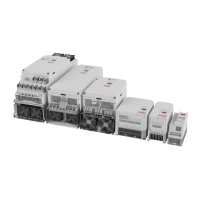
